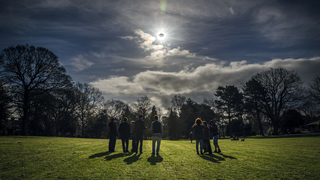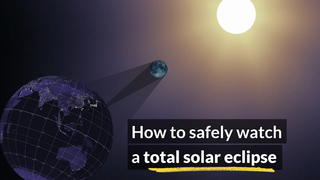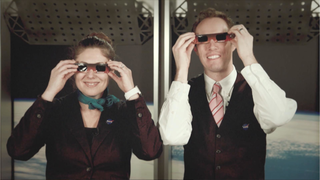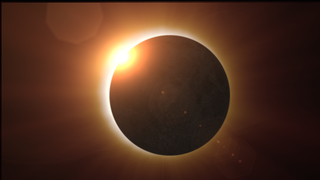Earth
Sun
Planets and Moons
ID: 12061
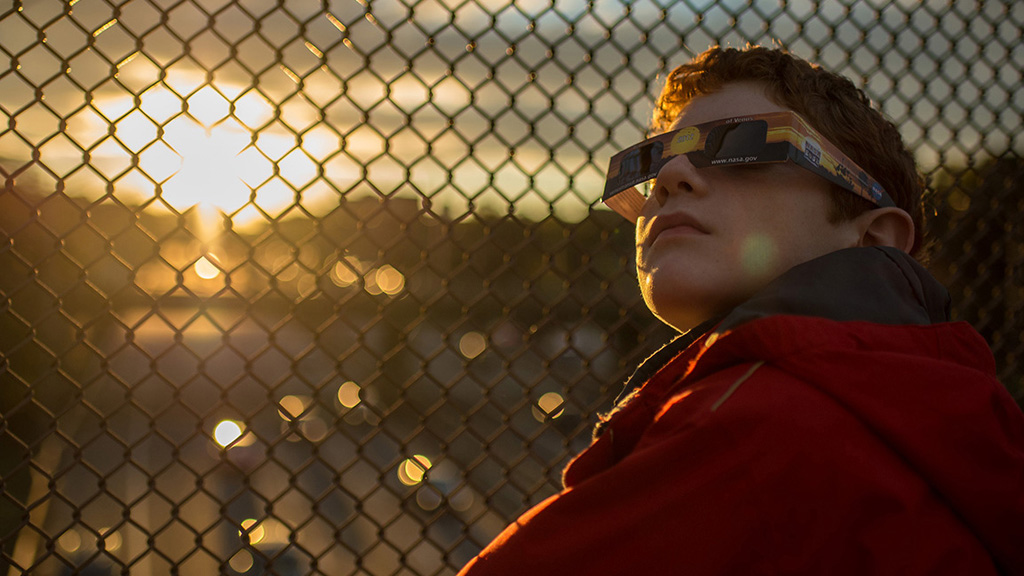
It’s common sense not to stare directly at the Sun with your naked eyes or risk damaging your vision, and that advice holds true on Aug. 21. The only safe way to look directly at the uneclipsed or partially eclipsed Sun is through special-purpose solar filters, such as eclipse glasses or hand-held solar viewers. Homemade filters or ordinary sunglasses, even very dark ones, are not safe for looking at the Sun. People who plan to view the eclipse should check to ensure their solar filters meet basic proper safety viewing standards. Solar viewing glasses should: have certification information with a designated ISO 12312-2 international standard; have the manufacturer’s name and address printed somewhere on the product; not be used if they have scratches or holes in the lenses; not be used with a camera, a telescope, binoculars, or any other optical device, as the concentrated solar rays will damage the filter and cause serious eye injury. More than 6,800 libraries across the U.S. are distributing safety-certified glasses, and the American Astronomical Society has a list of reputable vendors available at eclipse.aas.org. Watch the videos to learn more.
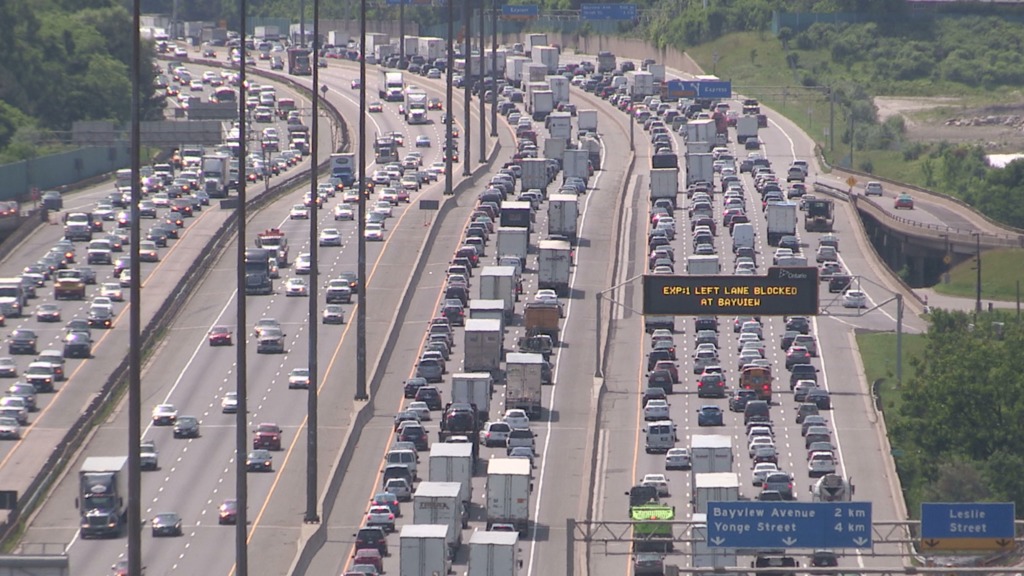

Eclipse Safety



Source Material
For More Information
Story Credits
Lead Producers:
Jenny Hottle (NASA/GSFC)
Genna Duberstein (USRA)
Lead Scientist:
C. Alex Young (NASA/GSFC)
Lead Writer:
Karen Fox (ADNET Systems, Inc.)
Jenny Hottle (NASA/GSFC)
Genna Duberstein (USRA)
Lead Scientist:
C. Alex Young (NASA/GSFC)
Lead Writer:
Karen Fox (ADNET Systems, Inc.)
Please give credit for this item to:
NASA/GSFC
Image of kid wearing solar eclipse glasses courtesy of NASA/Bill Ingalls
NASA/GSFC
Image of kid wearing solar eclipse glasses courtesy of NASA/Bill Ingalls
Short URL to share this page:
https://svs.gsfc.nasa.gov/12061
Keywords:
SVS >> HDTV
SVS >> App
NASA Science >> Earth
NASA Science >> Sun
NASA Science >> Planets and Moons
https://svs.gsfc.nasa.gov/12061
Keywords:
SVS >> HDTV
SVS >> App
NASA Science >> Earth
NASA Science >> Sun
NASA Science >> Planets and Moons
